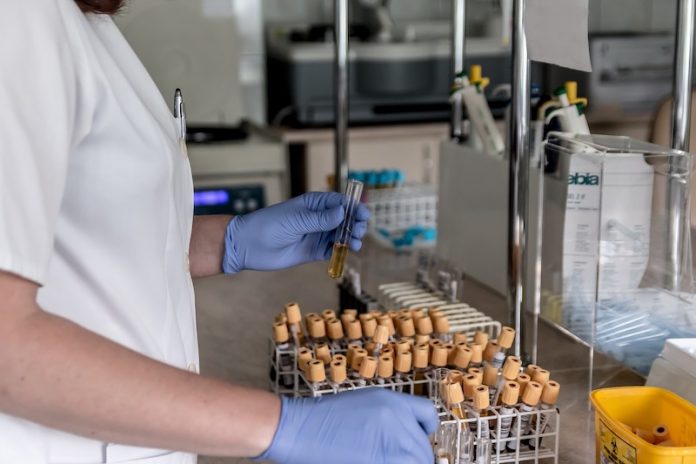
In a new study, researchers have developed a urine test to diagnose aggressive prostate cancer and predict whether patients will require treatment.
The new test could detect prostate cancer up to five years earlier than traditional methods.
The research was conducted by a team from the University of East Anglia and the Norfolk and Norwich University Hospital.
Prostate cancer usually develops slowly, and the majority of cancers will not require treatment in a man’s lifetime.
However, it is hard to predict which tumors will become aggressive and hard to decide who needs treatment.
Currently, the most commonly used tests for prostate cancer include a PSA blood test, prostate biopsy, and MRI.
But up to 75% of men with a raised PSA level are negative for prostate cancer on biopsy.
In this study, the team developed the new test called ‘PUR’ (Prostate Urine Risk) using machine learning to look at gene expression in urine from samples collected from 537 men.
By examining the cell-free expression of 167 genes in urine samples, the team found a mathematical combination of 35 different genes that could be used to produce the PUR risk signatures.
Previous urine biomarker tests have been designed specifically for single purposes such as the detection of prostate cancer on re-biopsy.
But this new test uses four PUR signatures to provide a simultaneous assessment of non-cancerous tissue and risk groups (low, intermediate and high-risk) to show how aggressive the cancer is.
The team says that the urine test could be used to not only diagnose prostate cancer without the need for an invasive needle biopsy but to identify a patient’s level of risk.
Doctors could predict whether or not prostate cancer patients already on active surveillance would require treatment.
It also can identify men who are up to eight times less likely to need treatment within five years of diagnosis.
The team hopes that the breakthrough could help large numbers of men avoid an unnecessary initial biopsy and repeated invasive follow-ups for ‘low risk’ patients on active surveillance.
The lead author of the study is Shea Connell from UEA’s Norwich Medical School.
The study is published in the journal BJU International.
Copyright © 2019 Knowridge Science Report. All rights reserved.



